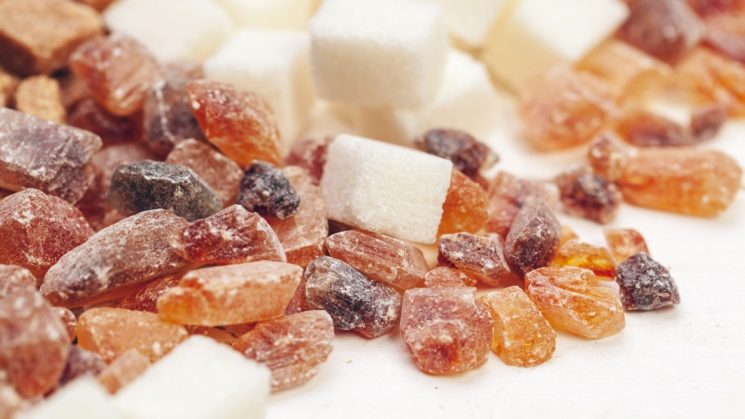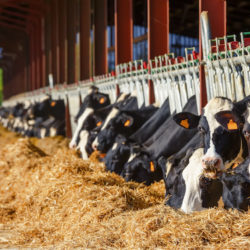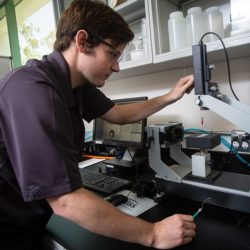
The Sweet Side of Membrane Separation: Enhancing the Sweetener Manufacturing Process
By Ben Weaver and Kristopher Olson
Sweeteners are essential in the global food and beverage industry, serving as an important ingredient in countless products. Amid consumer preferences shifting toward healthier, natural, and low-calorie options, the industry is experiencing exponential growth. Producers face the challenge of efficiently and sustainably creating high-quality sweeteners to keep pace with this demand. In this ever-evolving landscape, sweetener production has progressed into both an art and a science, demanding stable and robust methods for separation and refining processes. As a solution to these challenges, separation technology has emerged as an advanced and increasingly essential step in manufacturing to help producers achieve increased purity and quality. One approach, in particular, has captured industry attention for its efficiency and sustainability: membrane separation.
Leveraging Membrane Separation Technology in Sweetener Production
Membrane separation processes offer a wide array of advantages in producing various sweeteners. These processes include:
- Clarification is usually the initial stage of the separation process, where suspended solids, colloidal impurities, and other contaminants are removed. The membranes act as selective barriers, allowing water and dissolved solutes to be passed while retaining larger particles, suspended solids and impurities. This results in reduced operational costs, shorter production times, and higher clarity and purity in final product quality.
- Concentration is mostly used to remove water to concentrate the syrup or the sugar juice. Separating the water from the dissolved solid or the dissolved sugar, results in a higher concentration of sweetener compounds before it goes through an evaporator or crystallizer. This method is beneficial as it reduces energy consumption due to lower evaporation requirements than conventional techniques.
- Purification removes unwanted impurities from the stream, increasing the value and nutritional profile of the sweetener, whether from a food-grade sugar or a highergrade sugar. By utilizing membranes, producers can increase the value of their products and expand the use of by-products in other applications. By leveraging this technique, sweetener manufacturers can achieve higher purity levels with lower expenses.
- Fractionation entails separating sweetener components based on their molecular size, weight, and charge, customizing sweetener compositions to meet specific requirements and optimizing their functionality in various food and beverage applications. Membrane-based fractionation empowers sweetener producers to create tailored products that cater to evolving consumer preferences.
- Desalting is separating the salts from the sweetener solution to help improve the purity of the sugars. Producers can achieve salt-free sweeteners with improved taste and quality by employing membrane separation, meeting the growing demand for reduced salt content in food and beverages. As a result, sweetener manufacturers can achieve precise control over salt concentrations, leading to an enhanced final product.
- Decolorization removes color from sweeteners caused by impurities, whether pigments, colorants, or something else. Membranes can selectively remove color-causing compounds without affecting the remaining chemical composition of the mixture, resulting in a high-quality, visually appealing sweetener with minimal loss of valuable elements.
Often processes can go hand in hand, such as purification and fractionation. For example, one could utilize a purification step in the manufacture of dextrose followed by a fractionation step that separates the mixture into high-purity sugar syrups streams.
Related Resources in the Knowledge Hub
Let’s Keep in Touch
Follow Solecta on LinkedIn and join our mailing list to keep up with our latest news.
Explore the Possibilities
Our team of application engineers and domain experts understands your industry’s unique challenges. (They’re also eager to solve them.)








